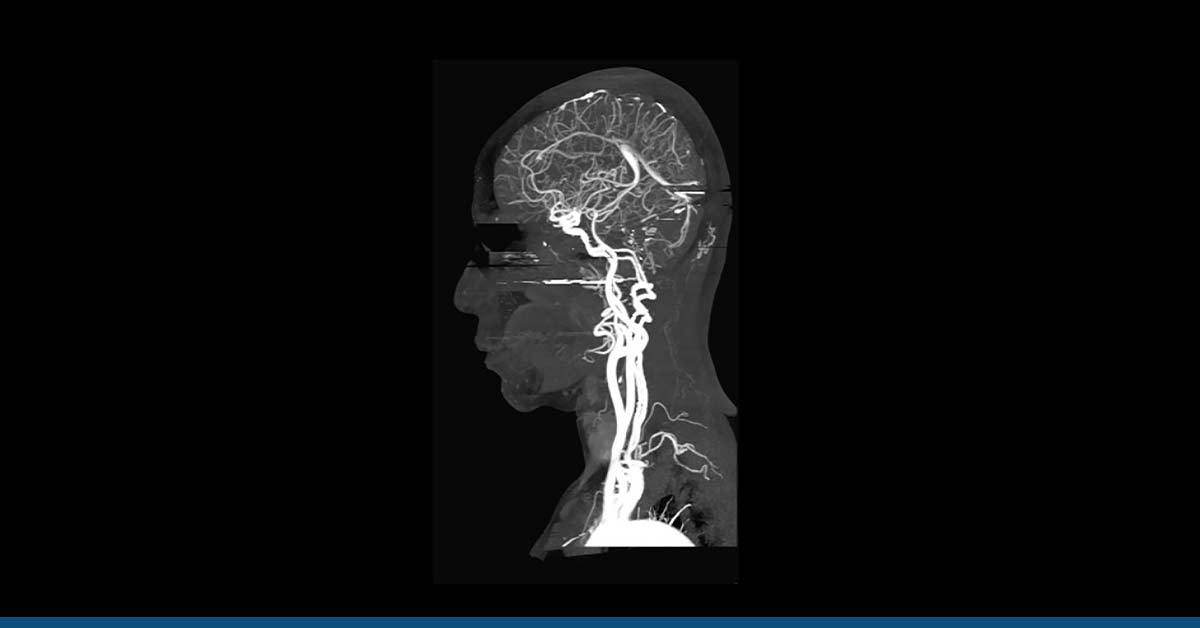Pulmonary valve stenosis indicates the narrowing or blocking of the pulmonary valve leading to restricted blood flow from the heart to the lungs.
This can result in the heart working harder to pump blood, leading to potential complications.
Early detection and treatment of pulmonary stenosis are crucial to prevent complications such as heart failure or arrhythmias. Recognizing the signs, symptoms, and risk factors is important.
In some cases, pulmonary valve stenosis can lead to pulmonary artery blockage. When blood flow is restricted through the narrowed pulmonary valve, the blood can back up and cause pressure to build up in the right ventricle.
This increased pressure can then cause damage to the pulmonary artery and increase the risk of blockages.
This article focuses on pulmonary valve stenosis, including its causes, symptoms, diagnosis, treatment, and prevention.
By increasing awareness of this condition, we hope to encourage individuals to seek medical attention if they suspect they may be experiencing symptoms of pulmonary stenosis and to educate them on ways to reduce their risk of developing this condition.
Table of Contents
ToggleCauses and Risk Factors of Pulmonary Valve Stenosis
Pulmonary valve stenosis is most commonly caused by a congenital heart defect, which occurs when the heart does not develop properly before birth.
In some cases, the valve may not form correctly, resulting in a narrow or blocked opening. Other causes of pulmonary valve stenosis may include radiation therapy or infection, which can lead to scarring or damage to the valve.
These risk factors may increase the likelihood of developing PVS, a family history of congenital heart defects, smoking during pregnancy, or taking certain medications during pregnancy, such as thalidomide. Other risk factors may include exposure to environmental toxins or infections during pregnancy.
Moreover, individuals with certain medical conditions, such as Noonan syndrome or Alagille syndrome, may be at an increased risk of developing pulmonary stenosis.
Understanding the causes and risk factors associated with pulmonary valve stenosis can help individuals recognize potential risk factors and take steps to reduce their risk.
Symptoms of Pulmonary Valve Stenosis
The symptoms of pulmonary valve stenosis can vary from person to person, depending on the degree of narrowing or blockage of the valve. Some individuals may not experience symptoms, while others may have severe symptoms. Common symptoms of pulmonary valve stenosis include:
- Chest pain or discomfort
- Shortness of breath, particularly during exercise or exertion
- Fatigue or weakness
- Rapid heartbeat or palpitations
- Dizziness or fainting spells
The severity of these symptoms can impact a person’s daily life. For example, shortness of breath may limit physical activity or exercise, while chest pain may interfere with daily activities or cause anxiety. Additionally, fatigue or weakness may impact an individual’s ability to perform tasks or complete daily activities.
In severe cases, pulmonary valve stenosis can lead to complications such as heart failure or arrhythmias.
Diagnosis of Pulmonary Valve Stenosis
Diagnosing pulmonary valve stenosis involves a series of tests and procedures to evaluate the function of the heart and pulmonary valve. The following are some of the methods used to diagnose pulmonary valve stenosis:
Physical examination: A healthcare provider may listen to the heartbeat, rhythm, and lungs with a stethoscope to check for abnormal sounds or rhythms.
Echocardiogram: Sound waves are used in this test to create images of the heart and evaluate the function of the pulmonary valve.
Electrocardiogram (ECG): This test measures the heart’s electrical activity and can help detect any abnormalities.
Cardiac catheterization: Insertion of a thin tube in the arm/leg blood vessel to evaluate the function of the pulmonary valve is catheterization.
Magnetic resonance imaging (MRI): Magnetic fields and radio waves are used to form detailed images of the heart and blood vessels, which can help evaluate the function of the pulmonary valve.
Treatment of Pulmonary Valve Stenosis
The treatment for pulmonary valve stenosis depends on the severity of the condition and the presence of any symptoms or complications. Some treatment options are mentioned below:
Observation: In cases where the pulmonary valve stenosis is mild, a healthcare provider may recommend observation and monitoring of the condition without any active treatment.
Medications: Certain medications (beta-blockers or calcium channel blockers) may be prescribed to manage symptoms or improve heart function.
Balloon valvuloplasty: This minimally invasive procedure involves inserting a catheter with a balloon at the tip into the heart and inflating the balloon to widen the opening of the pulmonary valve.
Valve replacement: In severe cases of pulmonary valve stenosis or when other treatments are ineffective, surgical pulmonary valve replacement may be necessary.
Each treatment option has its benefits and risks, and a healthcare provider will discuss the best treatment option based on the individual’s specific case. For example, balloon valvuloplasty is a less invasive option that can improve symptoms and function, but there is a risk of valve regurgitation or re-narrowing. On the other hand, valve replacement is a more invasive option with a longer recovery time but can provide a more permanent solution for severe cases.
Testimonial
A timely and accurate diagnosis is crucial for effectively treating and managing pulmonary valve stenosis. HG Analytics is committed to providing advanced medical solutions and innovative technologies to help healthcare providers make accurate diagnoses and promptly treat patients with pulmonary valve stenosis.
We reached out to a patient who has been affected by pulmonary valve stenosis and received a timely diagnosis with the help of HG Analytics. Here is what they had to say:
“I was experiencing shortness of breath and chest pain, and I knew something wasn’t right. I went to see my doctor, and after some tests, I was diagnosed with pulmonary valve stenosis. My doctor recommended HG Analytics for further testing and evaluation. The technology and expertise provided by HG Analytics allowed for an accurate and timely diagnosis, which helped me get the treatment I needed. I am grateful for their commitment to improving healthcare and helping patients like me.”
This testimonial highlights the importance of accurate and timely diagnosis in managing pulmonary valve stenosis. With the help of advanced medical technologies and expert healthcare providers, patients can receive prompt and effective treatment for this condition, improving outcomes and quality of life.
Conclusion
In conclusion, pulmonary valve stenosis is a serious heart condition that can cause various symptoms and complications if left untreated. It is important to be aware of the risk factors associated with the condition and the common symptoms and diagnostic methods.
Early diagnosis and treatment are key to effectively managing pulmonary valve stenosis and preventing complications. Various treatment options are available, and individuals should work closely with their healthcare providers to determine the best course of action.
If you suspect that you or a loved one may have pulmonary valve stenosis, it is important to seek medical help immediately. Regular check-ups and screenings can help detect potential issues early, and HG Analytics can provide advanced medical solutions and innovative technologies to aid in accurate diagnoses and prompt treatment. Take action and prioritize your heart health before it’s too late.
Contact HG Analytics today to schedule a consultation and learn more about our cutting-edge medical solutions.





